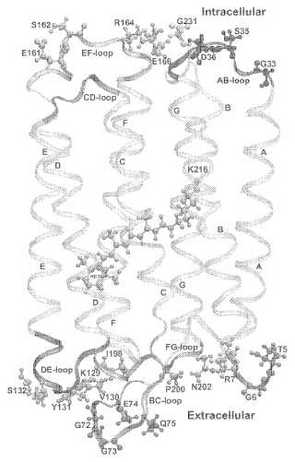Protein-Based Photovoltaics and Methods of Use
Protein-based photovoltaic cells and the manufacture and use of protein-based photovoltaic cells are described. In one embodiment, bacteriorhodopsin from Halobacterium salinarum, which undergoes structural transitions when irradiated with a given wavelength of light, is used as the protein in the protein-based photovoltaic cells. In another embodiment, mutant bacteriorhodopsin from H. salinarum is used. Exposure of the protein to sunlight causes proton transfer across a membrane resulting in the generation of an electrical charge. The protein can be oriented and/or layered on a substrate and modified by mutation to enhance transmembrane proton transfer, covalent binding to a substrate and layering. The protein-based photovoltaic cells sequentially or simultaneously generate hydrogen gas from water or salt, which also can be harnessed to produce electricity.Attached files:

Patents:
US 20,090,229,669
Inventor(s): BIRGE ROBERT R [US]; RANGARAJAN REKHA [US]
Type of Offer: Licensing
« More Solar Patents
